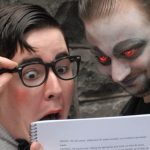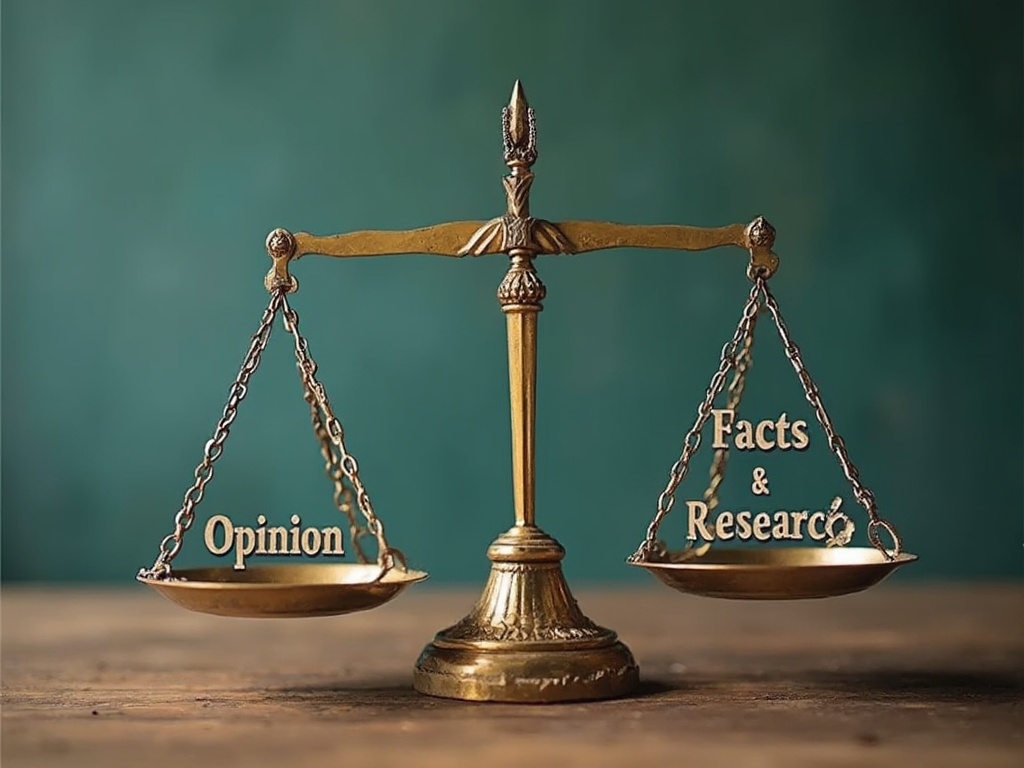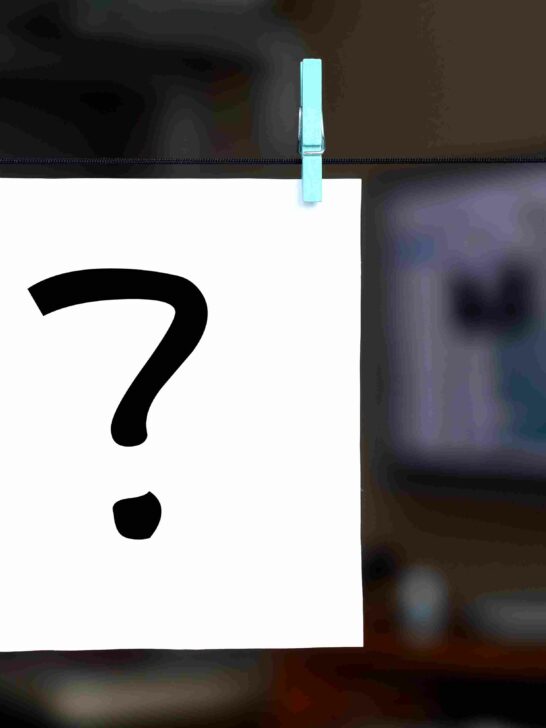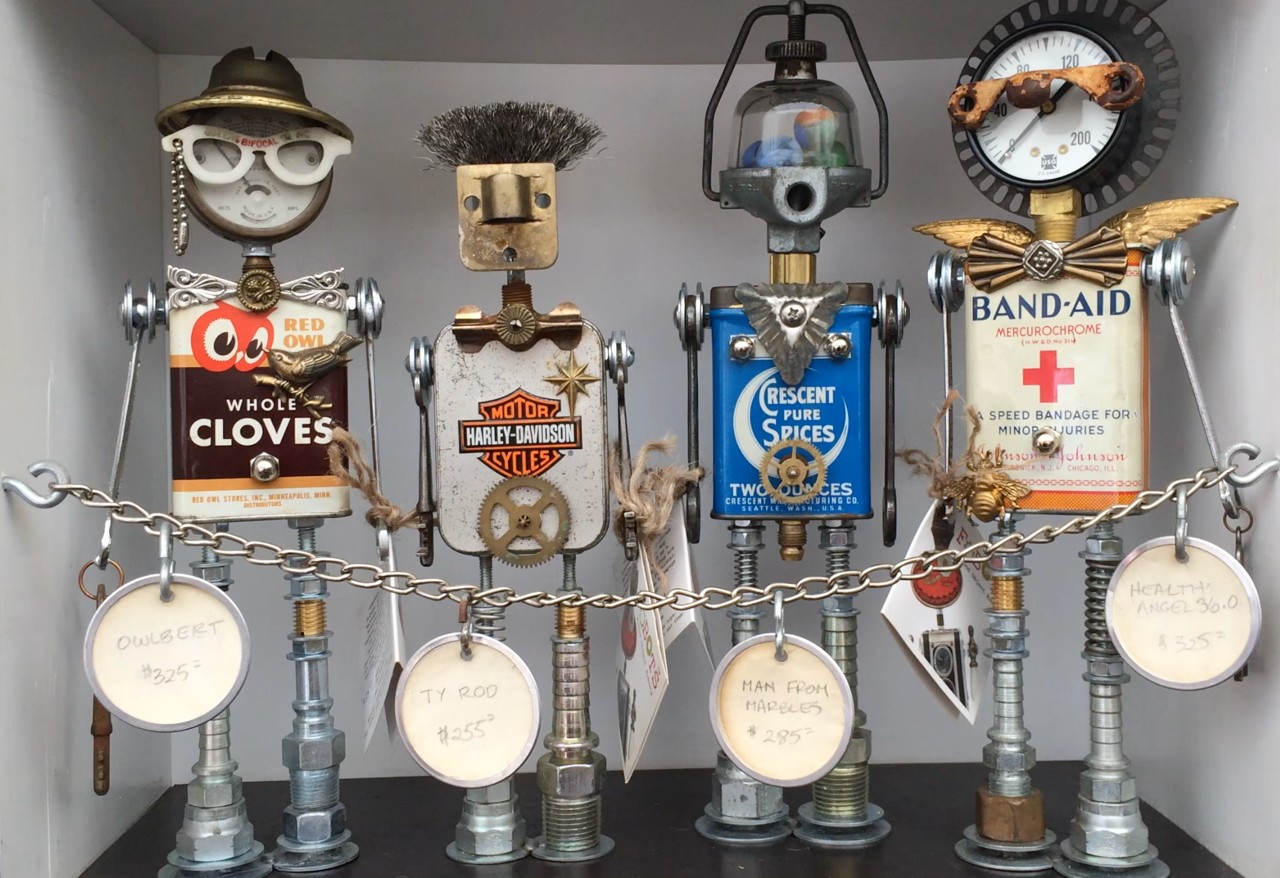Rhetorical Devices refers to languages rhetors use
- to invoke strong feeling or emotions.
- to help an audience visualize and understand an event or statement of facts
- to bring joy, excitement, inspiration, and pleasure for readers
- to inform, entertain, and persuade
Note: This is an article stub at Writing Commons, the home for writers, https://writingcommons.org. If you would like to contribute to this page, refer to contribute.
| Alliteration | |
| Allusion | |
| Amplification | |
| Anacoluthon | |
| Anadiplosis | |
| Analogy | |
| Anaphora | |
| Antiphrasis | |
| Anastrophe | |
Antanaclasis | |
| Antanagoge | |
| Antimetabole | |
| Antiphrasis | |
| Antistrophe | |
| Antithesis | |
| Apophasis | |
| Aporia | |
| Aposiopesis | |
| Apostrophe | |
| Asyndeton | |
| Auxesis | |
| Bdelygmia | |
| Bomphilogia | |
| Brachotogy | |
| Cacophony | |
| Catachresis | |
| Commoratio | |
| Dehortatio | |
| Diacope | |
| Diatyposis | |
| Distinctio | |
| Enumeratio | |
| Epanalepsis | |
| Epistrophe | |
| Epizeuxis | |
| Hendiadys | |
| Hyperbaton | |
| Hysteron-proteron | |
| Litotes | |
| Meiosis | |
| Metanoia | |
| Paronomasia | |
| Pleonasm | |
| Polyptoton | |
| Polysyndeton | |
| Scesis Onomaton | |
| Sententia | |
| Sentential Adverbss | |
| Syllepsis | |
| Symplace | |
| Synathroesmus | |
| Synecdoche | |
| Tapionsis | |
| Tricolon |




























